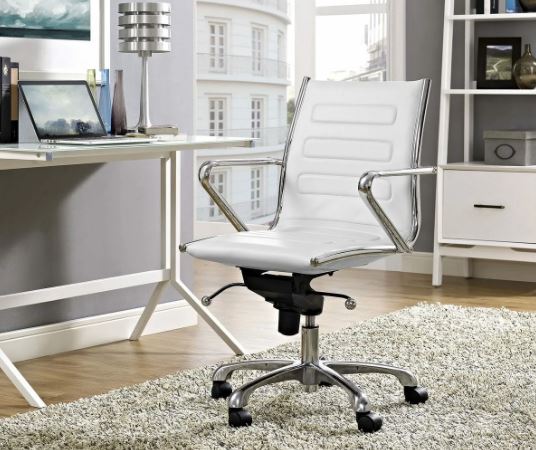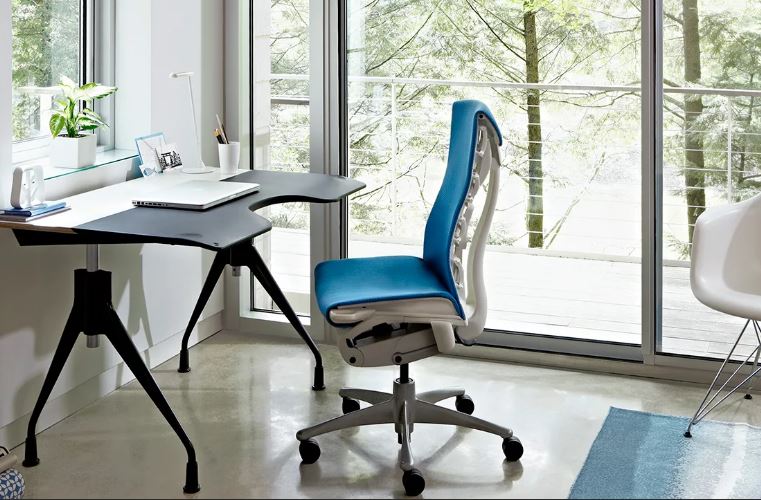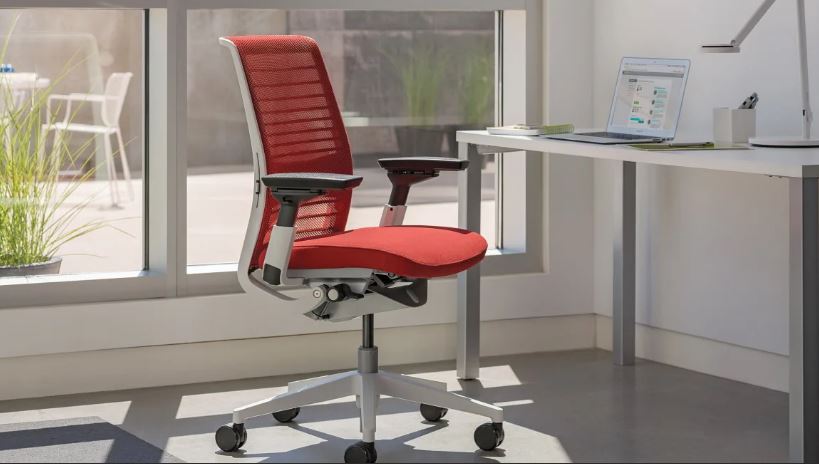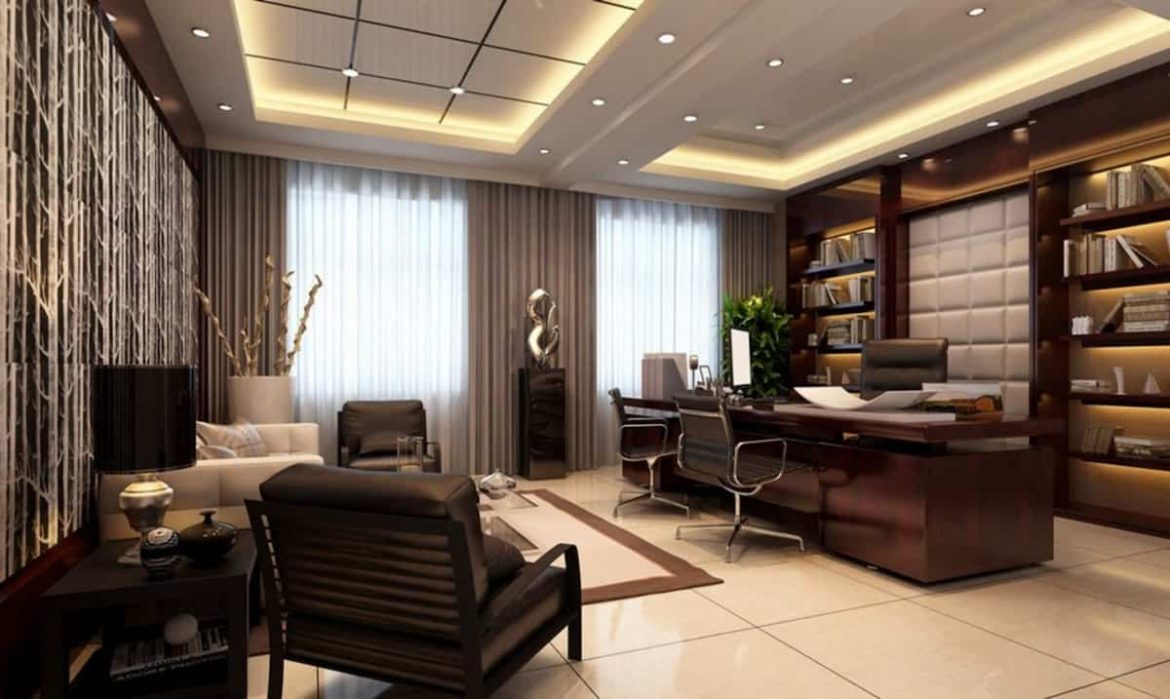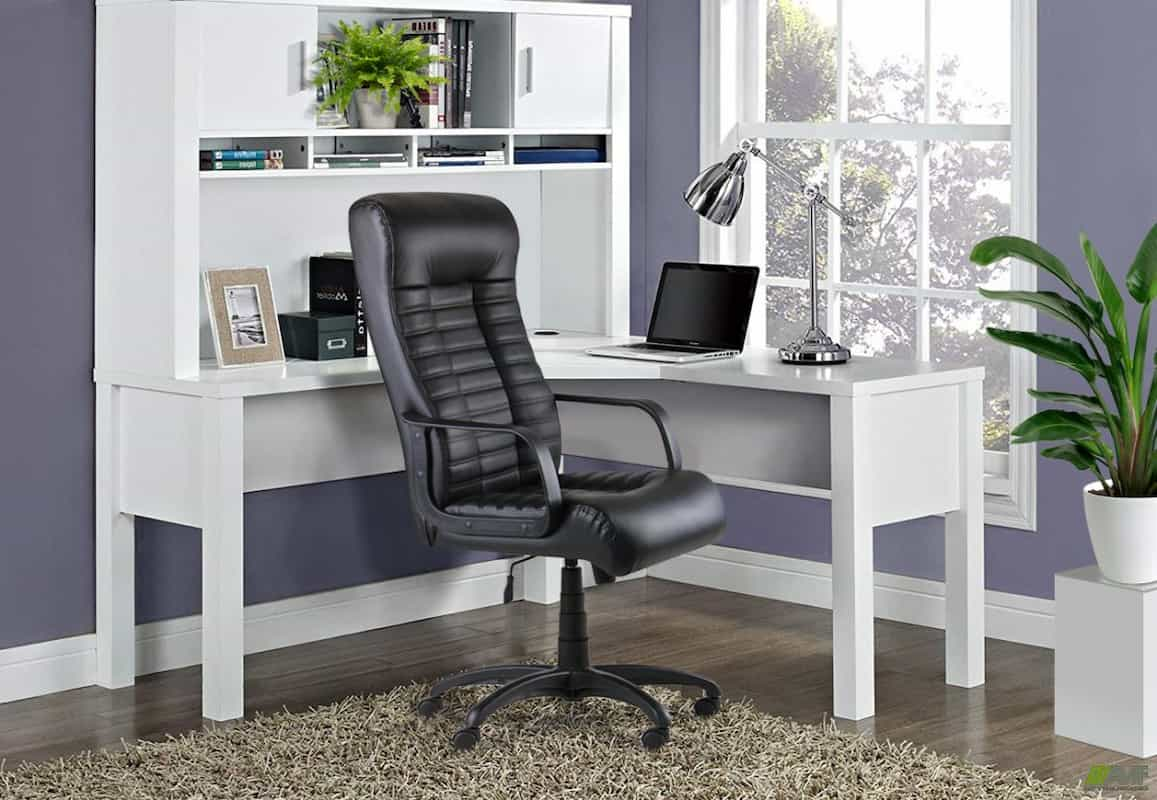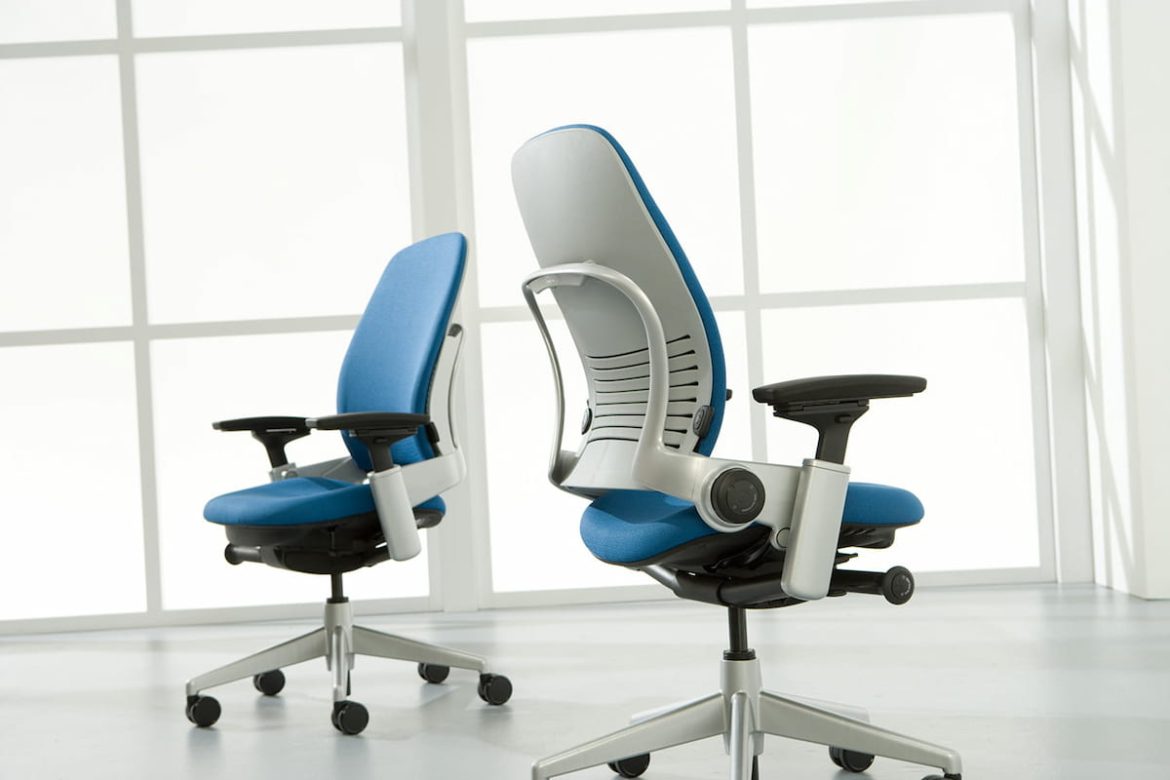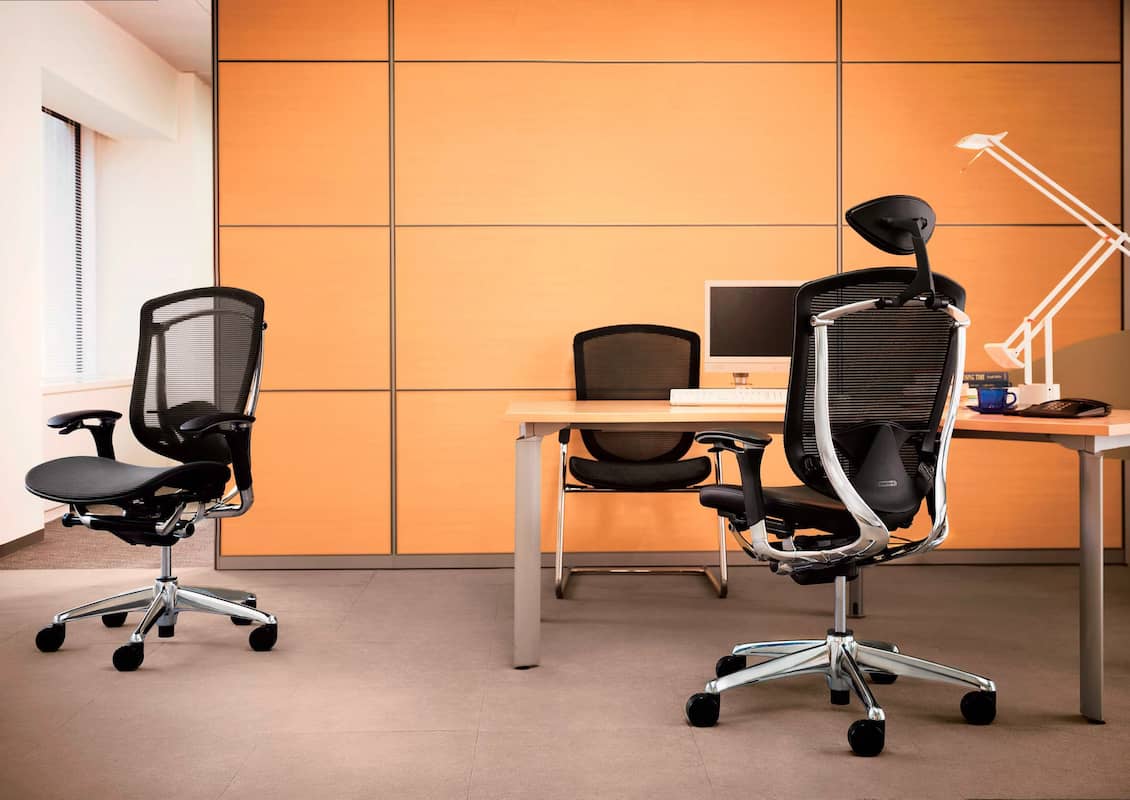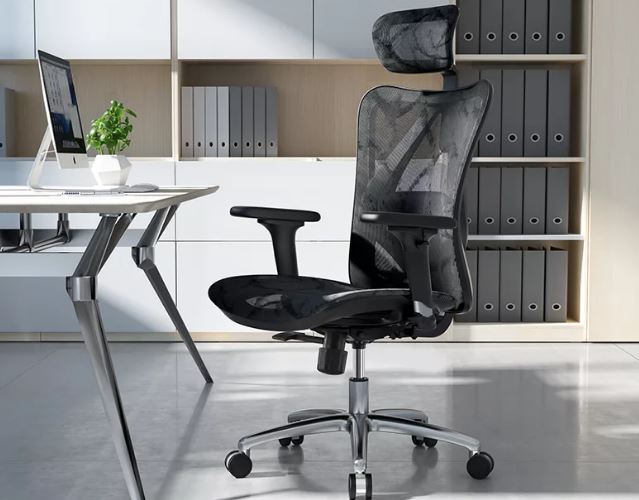How to Pick a Good Dining Table that supports quick delivery
Selecting the ideal dining table for your home is crucial. They are available in a wide range of sizes, colors, shapes, and materials. Which substance is best? How does the shape look? What size table should you purchase? What shade? Material? There are also the chairs and room dimensions to think about.
A brand-new dining table can be pricey, and many people keep their set for their entire lives. Determine the size of the table you need before thinking about appearances.
The room’s size is crucial because it’s frequently a limiting factor. Avoid buying a table that is too large for the space. Additionally, you want to confirm that the number of people is appropriate for your requirements.
The dining table must be large enough to seat the number of guests you intend to have while still allowing space for people to move around it.
The distance between the edge of the table and the furniture or walls must be at least three feet. Your table must be at least 36 inches wide to allow space for place settings, food, glasses, and pitchers. The width of the table typically grows as the table’s length does.
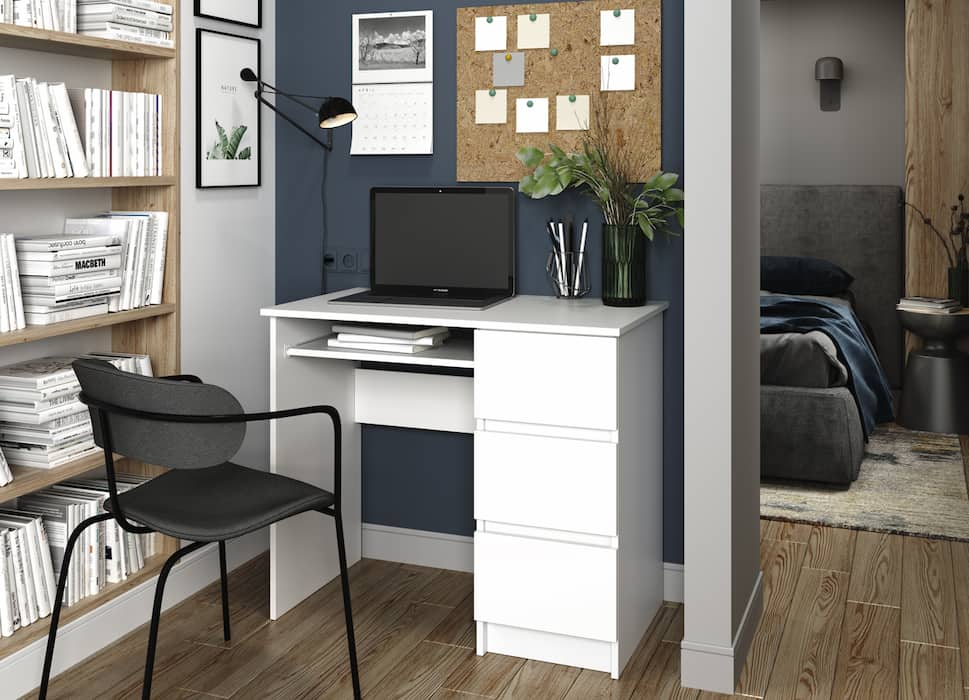
Family and friends assemble in the dining room, the hub of the house, to enjoy a delicious meal. A crucial component of the decision is to select dining room furniture that is cozy and meets your needs. Your dining room table will be functional and stylish in addition to fitting your space if you follow our advice.
Size Selection For Dining Tables
Your first step should be to select the appropriate dining table size. It doesn’t matter how perfect the dining table appears in a showroom or picture if it is too small for your family or too large for the space. Before you go shopping, you must determine the appropriate table size.
Check the distance between the table and the wall. You must measure the space in order to determine the ideal dining table size.
The distance between a dining table and any furniture or walls should be at least three feet. Once everyone is seated, there is ample space to move around the table. Additionally, there is plenty of space to pull out chairs, sit in them, then stand up, as well as to open cabinet doors and drawers.
You need at least 3 feet of space, but 40 to 48 inches is preferable.
Subtract 6 feet from the length of the room measured from wall to wall. You now have your table’s longest possible length. If your dining room is 14 feet wide, for instance, take 6 feet off to get a maximum 8-foot table.
Likewise, with the width. But bear in mind that most tables are 30 inches wide at the beginning and get wider as they get longer. The typical dining table is 36 to 42 inches wide.
Measure from the wall to the edge of any other furniture if there is any in the space. A 2-foot cabinet against the wall, for instance, would leave 12 feet of usable space in the same 14-foot dining room. The maximum length of a dining table is 6 feet, so take 6 feet off of that.

Any shape table should use the same calculations.
Selecting the appropriate dining table size
Depending on the shape and size of the table, a certain number of people can sit there comfortably. Remember that you need about 24 inches per person for casual dining. However, 30-32 inches are required for more formal dining.
Here is a reference chart to assist you in determining the size of the dining table you require. The diameter of round and square tables is measured, whereas the length of rectangles is. The widths of rectangle tables range from 30 inches to more than 4 feet. Generally speaking, tables get wider the longer they are.
When determining the number of chairs needed at a table, keep this in mind. Because armrests make chairs wider, fewer people can sit at a table. The majority of dining chairs lack armrests and are 18 to 20 inches wide.
Stabilizing Size and Space
It’s crucial to strike a balance between the size of your dining table and the size of the space. A small table in a large room usually looks out of place, and a table that is too big can make the space feel claustrophobic and uneasy. Balance is maintained while making sure there is enough room by scaling the table to the size of the room.
Almost always, it is preferable to use slimmer chairs or a bench seat if you require more seats than your table size will accommodate. Instead of cramming big furniture into tiny spaces, make better use of the space you already have.
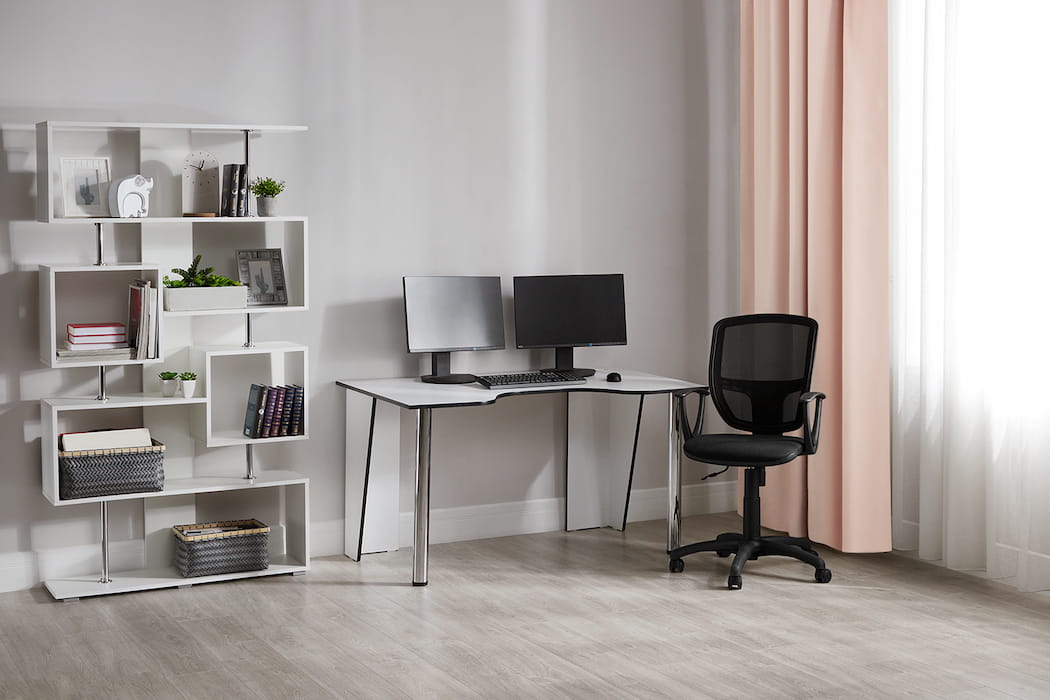
Carefully measure your dining room to determine the ideal table size you require. Think about the placement of additional furniture, such as cabinets. If the room has any doors, make sure you can open them.
Also, take into account the layout of your home. How are you going to get from the kitchen to the dining area? Drawing a map of the area can help you see how things are laid out. Before placing furniture in a room, I like to tape off the space and picture how I’ll use it. By doing so, you can avoid costly design errors.
Open doors and drawers while moving around the room while keeping clear of the marked area on the floor. Your table is the appropriate size if you can comfortably complete all of your tasks without stepping onto the lines.
What Kind Of Dining Table Should You Buy?
The ideal dining table for you should fit in your home comfortably, seat enough people, and be stylish. It should be well-built and in the proper shape for the space, it occupies.
Additionally, it must be within your means. Don’t go overboard by purchasing the priciest table you can find, but don’t settle for something inexpensive, either.
So keep that in mind, a good dining table can easily last over ten years. Because they are a long-term investment, paying a little more for quality is a good idea.
Don’t follow trends. You don’t want a well-made table to go out of style in a year or two; it should last for at least five to ten years. It’s always simple for me.
